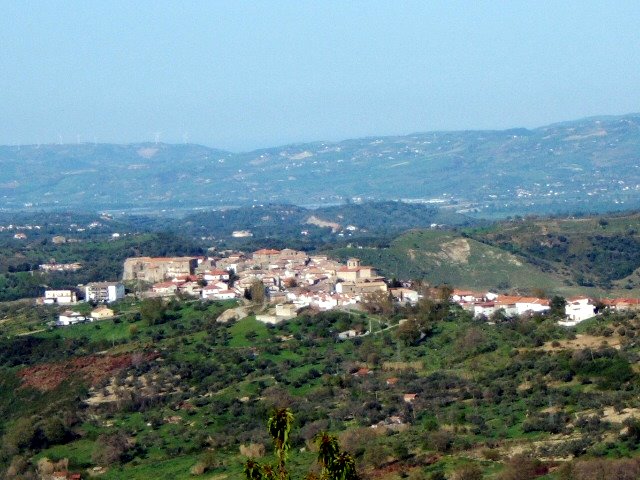“According to ancient Greek writers of the 5th century BC. Lattarico was founded by the Enotri, the first inhabitants of Lucania and Bruzio. The original name is a diminutive of ocris (mountain) of Osco-Umbrian derivation. The period in which the alternation between the two names took place is uncertain; it is certain that in 1141 Lattarico had already replaced the primitive Ocriculum. The current name is of Latin origin, and derives, as you can guess, from the word lacteus, that is' milk. Lattarico therefore stands for lattari, the land of lattari, that is to say a place where a lot of milk is produced. The land of Lattarico with the much larger and more fertile one of Regina, one of the hamlets of the current municipal entity, constituted, in the 11th century, one of the first Norman possessions in Val di Crati. And it was in 1079 that Roberto il Guiscardo gave the land of Regina as a fief to the bishop of Melfi.
Abolished feudalism, Lattarico regained economic vigor; agriculture, oriented towards herbaceous crops, engaged almost all of the workforce. The production of wheat and granone exceeded local needs, so much so that the exuberant became merchandise on the square of Cosenza. There were at least 4 water mills that, at that time, operated in the area. municipal, while the mills, 10 in number and all animal-powered, were a good source of work and income. In 1857, 20 looms for cotton weaving were active in Lattarico. At the end of the century the municipal administration carried out the first public works: in 1892 the sanitary works were built and, more or less in the same period, drinking water began to flow from the public fountains. Among the architectural beauties of the town, the church of the Immaculate Conception has a beautiful lithic portal with a round arch, a fan bell tower and a polygonal dome; The parish church still preserves fragments of the Renaissance stone portal and a monolithic radial perforated rose, the work of seventeenth-century stonecutters.
The commitment of our administration has always been attentive to traditions, but with an eye towards the future: this is why we have joined the "Piazza WiFi Italia" initiative of the Ministry of Economic Development, which provides our fellow citizens with the opportunity to take advantage of a public and free connection "
